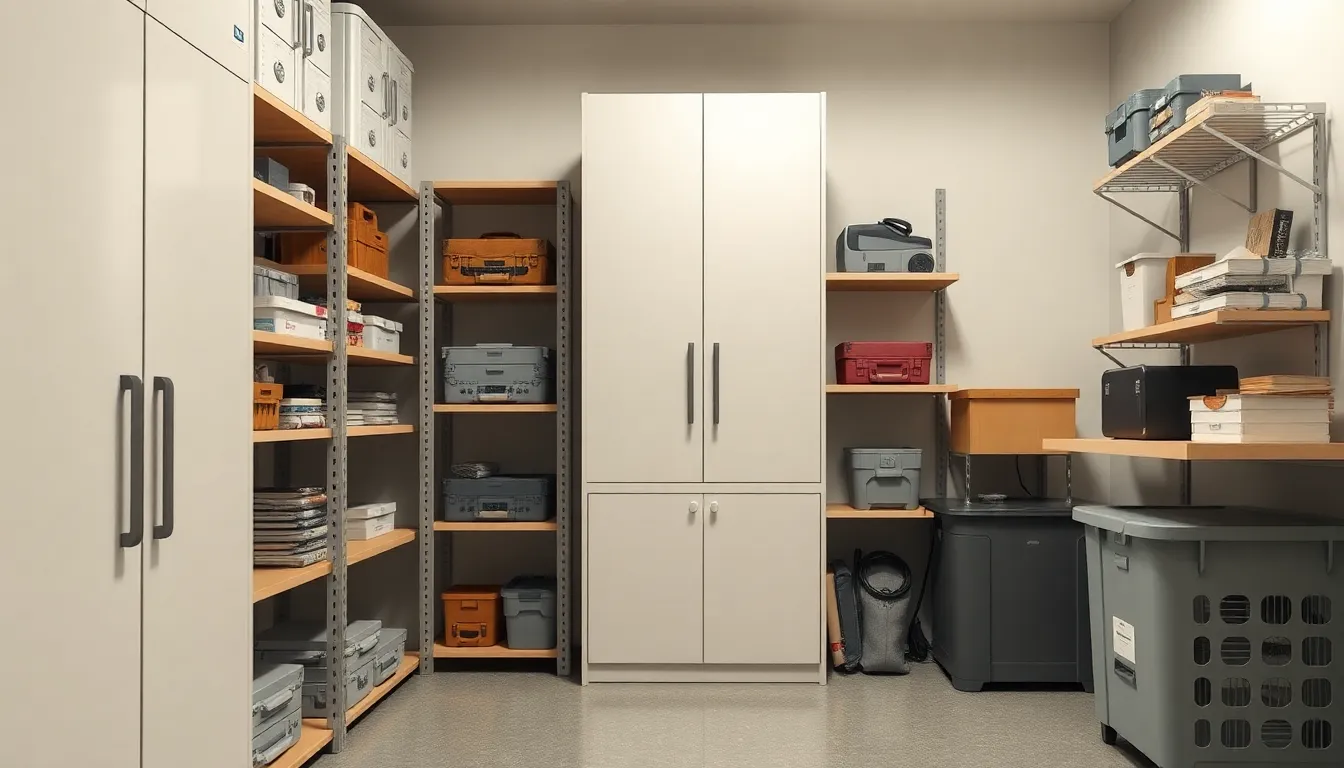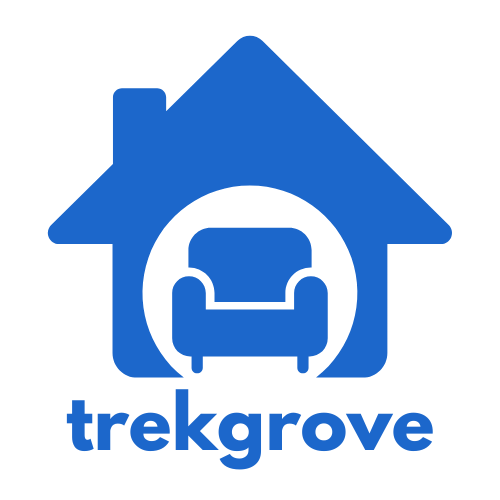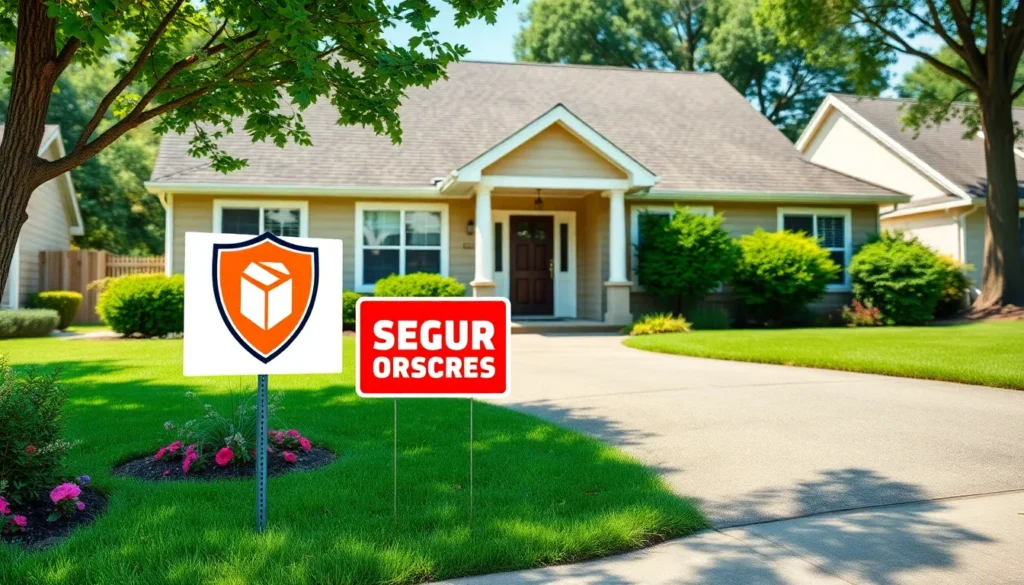In today’s fast-paced world, effective storage solutions are more essential than ever. With living spaces shrinking and the amount of stuff people accumulate growing, finding ways to organize and maximize space can be a daunting task. Whether it’s decluttering a small apartment or optimizing a home office, smart storage options can make all the difference.
From innovative shelving units to multifunctional furniture, the right storage solutions not only enhance functionality but also elevate the overall aesthetic of a space. By understanding the various types of storage options available, individuals can transform chaos into order, creating a serene environment that promotes productivity and peace of mind.
Table of Contents
ToggleTypes Of Storage Solutions
Storage solutions fall into two main categories: physical and digital. Each type addresses specific needs and enhances organization and accessibility.
Physical Storage Solutions
Physical storage solutions provide tangible ways to organize and store items. Options include:
- Shelving Units: Adjustable shelves cater to various sizes and formats. They maximize vertical space and accommodate books, decor, and office supplies.
- Storage Bins: Available in multiple materials, these bins facilitate stacking and categorization. Clear bins help identify contents, while opaque options provide a cleaner look.
- Furniture with Storage: Multifunctional furniture, like ottomans and coffee tables, features hidden compartments for toys or blankets. This approach combines practicality with style.
- Closet Organizers: Closet systems include racks, hanging rods, and bins to utilize space efficiently. Customizable options ensure every item has a designated place.
- Under-bed Storage: Plastic containers or rolling drawers fit under beds, maximizing otherwise wasted space. Ideal for shoes, seasonal clothing, or linens.
Digital Storage Solutions
Digital storage solutions streamline data management and accessibility. Key types encompass:
- Cloud Storage: Services like Google Drive and Dropbox offer offsite file storage accessible from any device. Cloud solutions enable easy sharing and collaboration.
- External Hard Drives: Portable hard drives provide large storage capacities for data backup. These devices safeguard important files from hardware failures or cyber threats.
- Document Management Systems: Software like Evernote and Notion organizes digital notes and documents, enhancing productivity. Features include tagging, searchable databases, and easy syncing.
- Photo Storage: Platforms like Flickr and Google Photos allow users to store, categorize, and share images. These services often offer high-capacity solutions for photographers.
- Backup Solutions: Regular backups using software like Acronis or Time Machine protect against data loss. These systems automatically save important files on specified schedules.
These varied storage solutions cater to both physical items and digital content, catering to the evolving needs of modern living and working environments.
Benefits Of Using Storage Solutions

Storage solutions offer numerous advantages for managing belongings efficiently, especially in today’s space-constrained environments.
Improved Organization
Improved organization results from the strategic implementation of storage solutions. By utilizing various options, such as adjustable shelving units and closet organizers, individuals can create designated spaces for items, reducing clutter. Organized spaces promote ease of access, making it simpler to locate and retrieve belongings. Additionally, categorized storage prevents items from becoming misplaced and saves time spent searching for essential items.
Enhanced Security
Enhanced security is a crucial benefit of using storage solutions. Physical storage options, like lockable cabinets and secure storage bins, protect valuable items from theft and damage. Digital storage solutions, including cloud storage and backup systems, safeguard important data against loss from hardware failures or cyber threats. These security measures ensure that both physical and digital assets remain protected, providing peace of mind and confidence in the management of one’s possessions.
Choosing The Right Storage Solution
Selecting the appropriate storage solution involves understanding specific needs and financial constraints. Evaluating both short-term and long-term requirements helps individuals make informed choices.
Assessing Your Needs
Assessing storage needs starts with a comprehensive inventory of items. Analyze the types, quantities, and frequency of use for belongings. Consider the available space and layout. Identify unique storage requirements, such as climate control for sensitive items or accessibility for frequently used items. Prioritize organization and functionality to simplify the decision-making process. Evaluate potential solutions like shelving units or storage bins that can cater to varying needs, enabling individuals to choose the right fit for their space.
Budget Considerations
Budget considerations play a crucial role in selecting storage solutions. Determine a fixed budget that encompasses both short-term investments and long-term benefits. Compare costs among various options, such as adjustable shelving and digital storage plans. Weigh the advantages of higher-quality materials and innovative designs against lower-cost alternatives. Assess the potential for savings through multifunctional furniture that serves dual purposes. Aim for solutions that balance affordability and durability, ensuring efficient management of financial resources while meeting storage needs effectively.
Popular Storage Solutions On The Market
Modern storage solutions cater to both physical and digital needs, providing diverse options to optimize space and organization effectively.
Cloud Storage Services
Cloud storage services offer users flexible and scalable options for data management. Popular platforms like Google Drive, Dropbox, and Microsoft OneDrive allow seamless access to files from any device connected to the internet. Users benefit from automated backups and easy sharing capabilities, crucial for personal and professional collaboration. Pricing varies based on storage capacity and features, enabling customization to fit specific user requirements.
| Cloud Storage Service | Storage Capacity | Key Features | Price Range (Monthly) |
|---|---|---|---|
| Google Drive | 15 GB free | Seamless integration with Google services | $1.99 (100 GB) |
| Dropbox | 2 GB free | Smart sync, file recovery | $9.99 (2 TB) |
| Microsoft OneDrive | 5 GB free | Integration with Microsoft Office | $6.99 (1 TB) |
On-Premises Storage Options
On-premises storage options provide tangible solutions for those preferring localized control over their belongings or data. Common choices include external hard drives, Network Attached Storage (NAS), and dedicated servers. External hard drives offer portable solutions for individuals needing backup options without recurring fees. NAS systems serve as central hubs, allowing multiple users to access files securely within a network. Dedicated servers, while more expensive, deliver higher capacity and performance tailored to business needs.
| On-Premises Storage Type | Storage Capacity | Key Features | Price Range |
|---|---|---|---|
| External Hard Drive | 500 GB to 5 TB | Portable, easy backups | $50 – $150 |
| NAS | 1 TB to 20 TB | Multi-user access, redundancy | $200 – $1,500 |
| Dedicated Server | 1 TB and above | High performance, custom config | $500 and up |
Effective storage solutions are essential for navigating today’s cluttered environments. By embracing both physical and digital options individuals can create spaces that not only look organized but also enhance productivity.
Choosing the right solutions involves understanding personal needs and budget constraints. With a variety of innovative products on the market it’s possible to find options that fit any lifestyle.
Investing in smart storage can lead to a more streamlined life where everything has its place. This not only reduces stress but also promotes a sense of calm in both living and working spaces.


